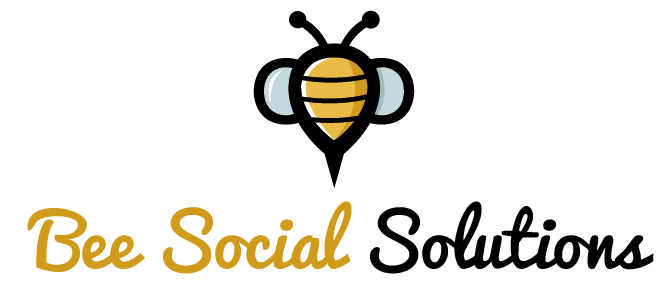Behind the Contract: Building a Networking Follow-Up System That Doesn’t Rely on Memory
Part 1 | The Friction: Where Networking Breaks Down
If you’ve ever walked into a networking event with the best intentions of following up afterward, this post is for you. We’ve all been there, myself included, but that doesn’t mean we can’t fix the system that’s broken.
Networking isn’t the hard part.
Remembering to follow up is.
If you’re like me, you’ve been in enough rooms, mixers, and conferences to know how this goes. You meet great people, have meaningful conversations, exchange cards or scan badges, and walk away with good intentions. Then the week starts. Meetings, deadlines, family, actual work, and by Friday, those new contacts are buried somewhere between your inbox and your memory.
Most people assume the problem is time or discipline. It’s not.
It’s the lack of a reliable networking follow-up system that bridges the gap between meeting someone and staying connected.
I kept telling myself I’d remember to follow up, and I didn’t. I’d see a name weeks later and think, “I should have reached out.” I’d see the reminder on my to-do list and feel awkward about reaching out so long after the event that I’d skip the attempt altogether.
It wasn’t a failure of effort.
It was the absence of structure.
The Hidden Cost of Forgetting
A missed follow-up doesn’t seem like much until you start adding them up.
Every unreturned email, every unanswered introduction, every “let’s grab coffee” that never happens, they all represent opportunity left on the table.
In business, opportunity is what drives everything forward. It’s how you meet the next client, form the next partnership, or open the next door. In business development and contracting, that missed connection can translate into real revenue. In networking, it can quietly erode trust.
The irony is that most people genuinely care about their connections. They want to stay in touch. They just don’t have a process that makes consistency possible.
Where Most Systems Fall Apart
CRMs are too complicated. Subscriptions get expensive. Sticky notes are too scattered. And apps that promise to automate follow-up usually just flood you with notifications you’ll snooze later.
What I needed was something in between: a simple way to capture who I met, when, and what we talked about. Something easy to use, subscription-free, and capable of sending a personalized follow-up without me having to remember.
The Realization
The turning point came after a local event when I sat down to jot notes about who I met and how the event went. I realized I’d already lost context for half the names on the list.
I could remember faces but not conversations. I remembered that I’d had a great exchange with someone, I just couldn’t recall what it was about.
That’s when it clicked. I didn’t need a better memory. I needed a better system.
I needed a way to capture the moment while it was happening, when the details were still fresh and the intent was still high.
What I Built
The solution is simple on the surface. After each event, I open a short form on my phone, enter the person’s name, where we met, and a few notes about our conversation. That data goes straight into one central file.
From there, automation takes over the first step: a follow-up email that either says “Nice to meet you. Looking forward to staying in touch,” or, if I want, includes a personalized note about what we discussed.
It’s not designed to replace genuine connection, and it doesn’t add anyone to an email list. That would be spammy, and wrong. It’s simply a lightweight automation that makes sure the connection actually happens.
Want to see how I built it? Join the waitlist for the Networking Follow-Up Masterclass and I’ll walk you through the full process when it launches.
Why It Matters
Most people, myself included, rely on memory to manage relationships. Memory is inconsistent. Systems are not.
Once I built a structure that could hold my networking, the anxiety around “who I forgot” disappeared. I could focus on showing up, not catching up. And I got something even more valuable back, mental bandwidth. As a mom and business owner, that’s everything.
This system isn’t about automation. It’s about accountability. It protects the relationships that matter by giving them the follow-up and respect they deserve.
What Comes Next
In Part 2 of this Behind the Contract Series, I’ll share the framework behind this system, the mindset that makes it work and the small shifts that keep it running quietly in the background.
Because sustainability comes through structure. Clarity compounds.
Relationships deserve structure too.
Join the waitlist for the Networking System Masterclass and learn how to build a simple, sustainable follow-up process that works quietly in the background.

